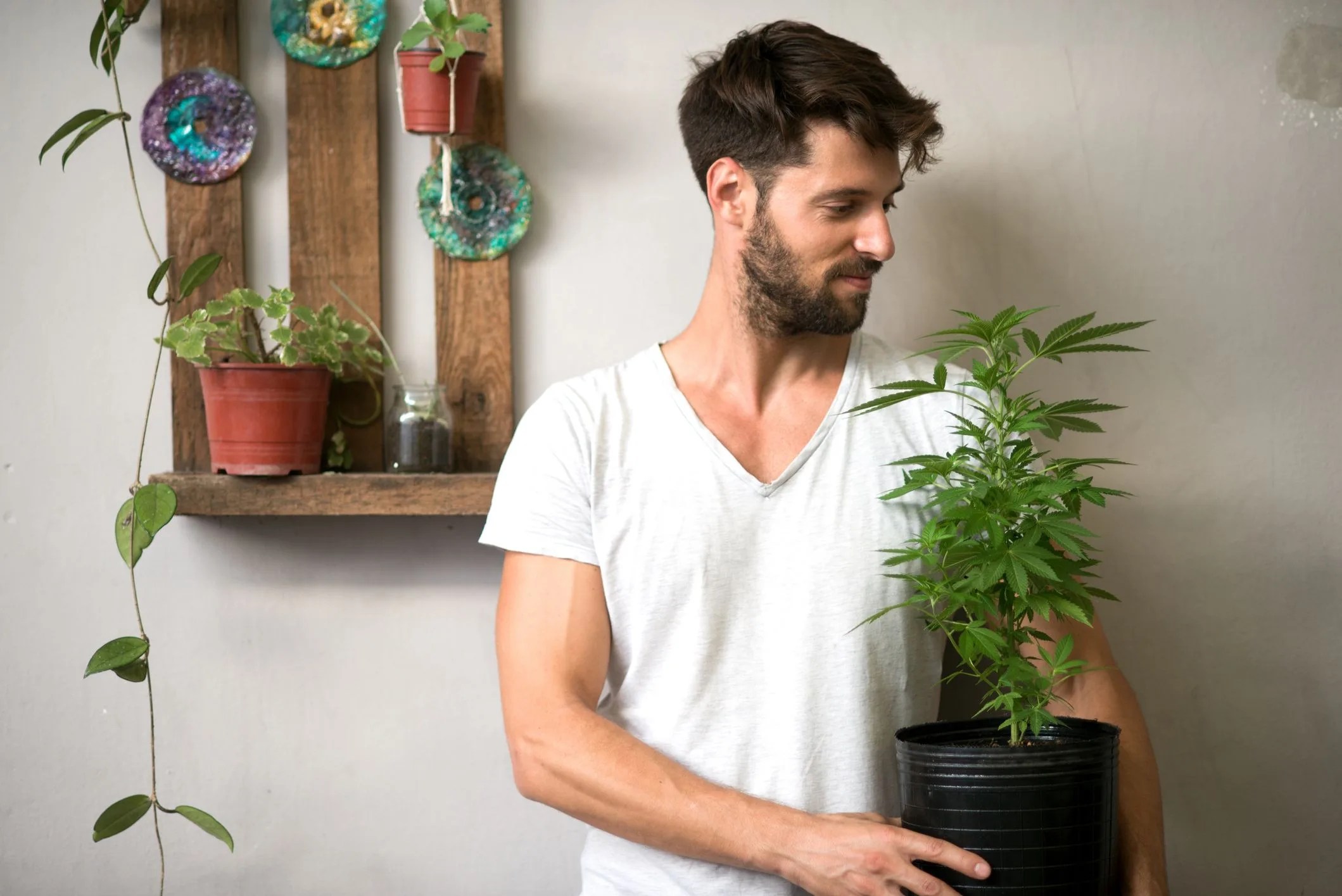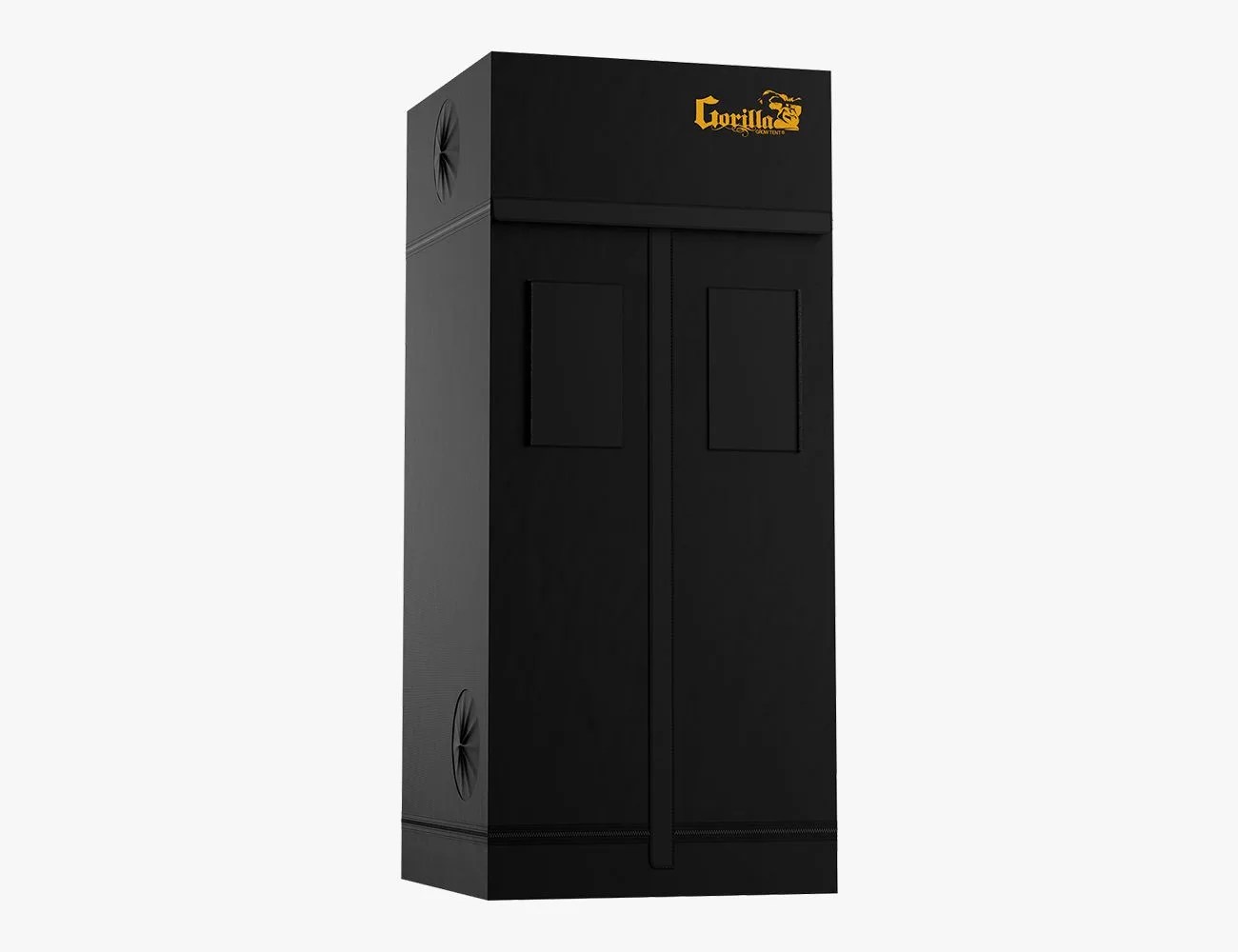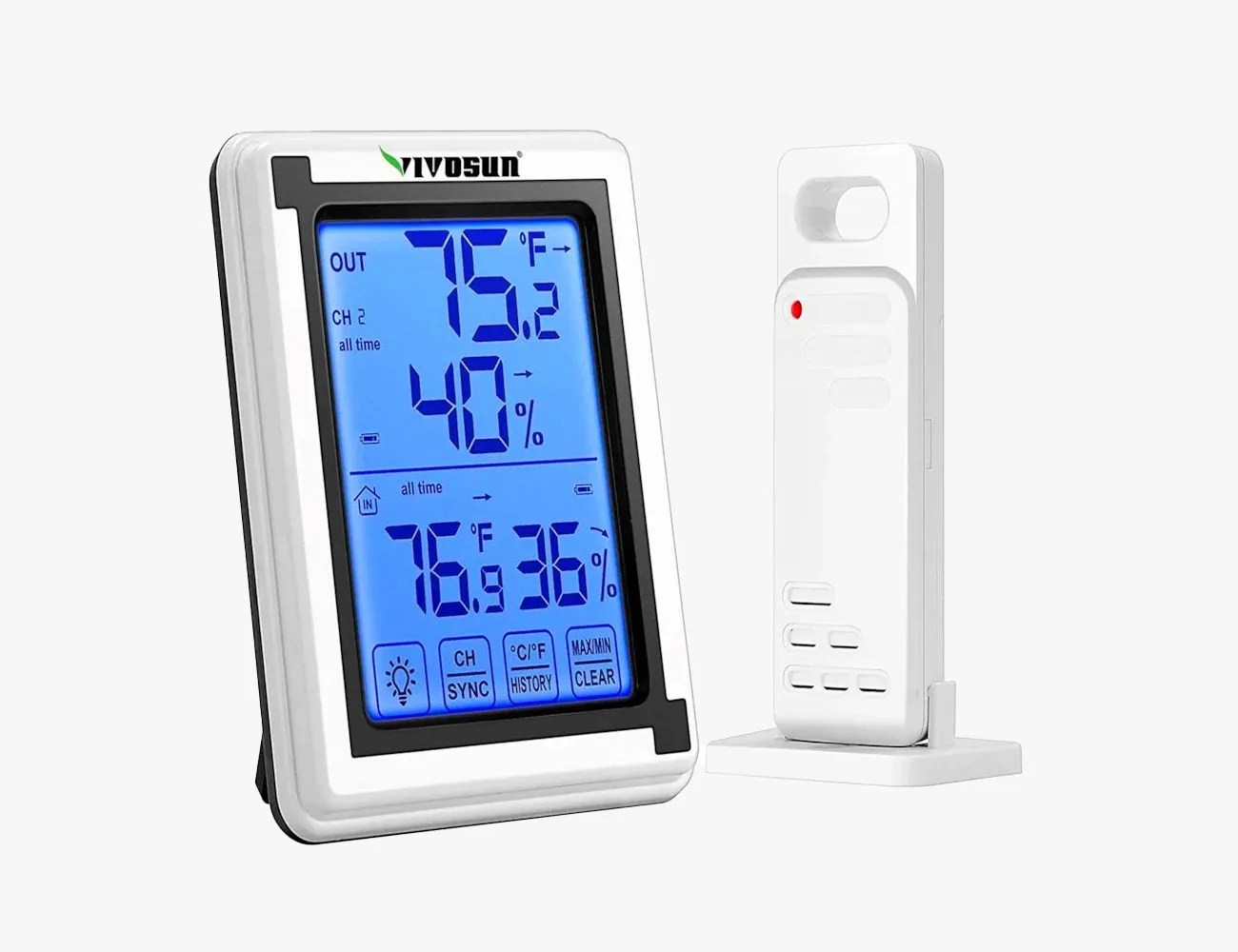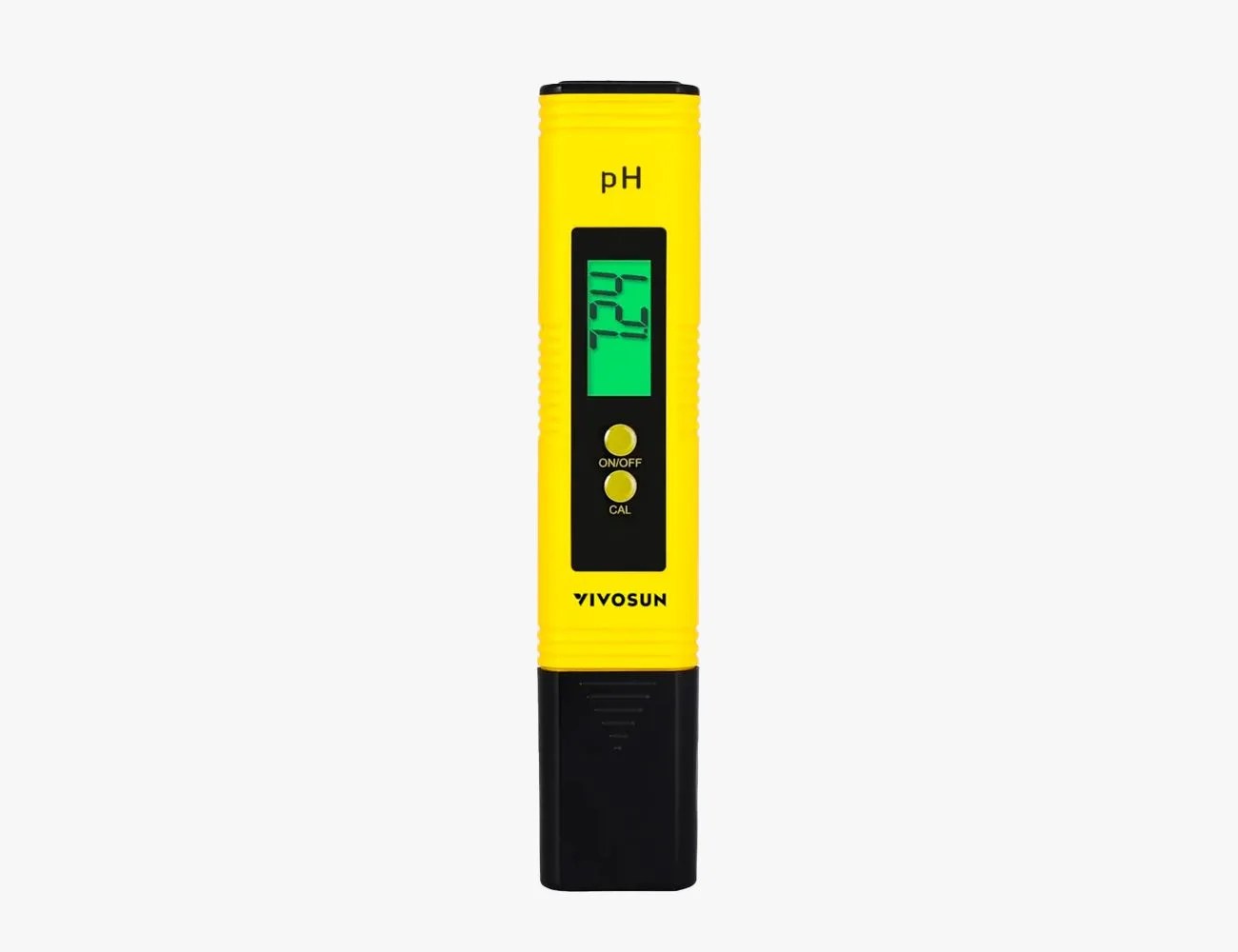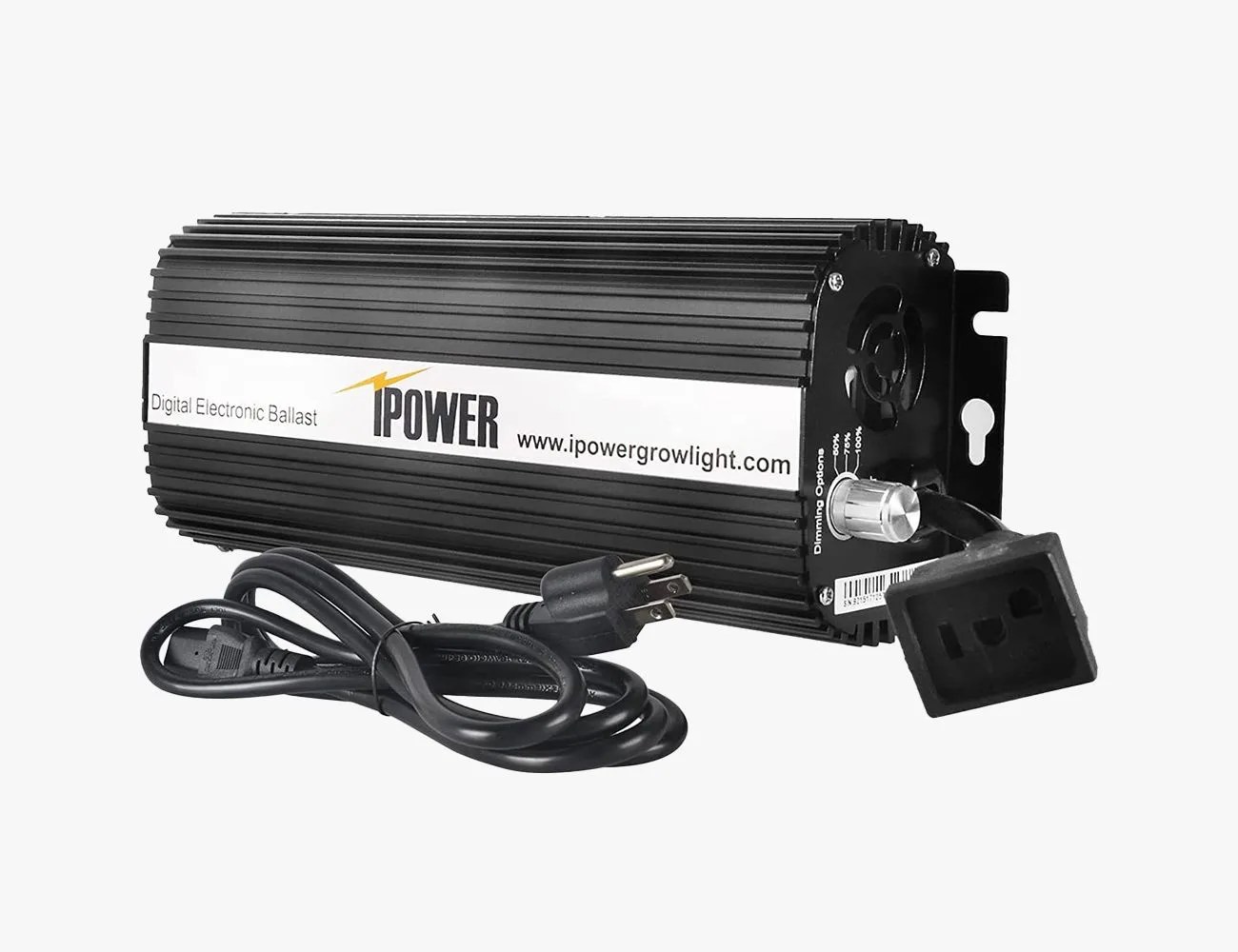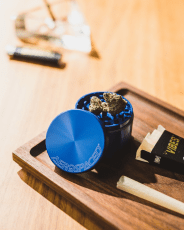“Growing cannabis in tight spaces is not my usual recommendation,” says Stephen Lipton, the cultivation manager at The Farm Recreational Marijuana Dispensary, an award-winning recreational facility in Boulder, Colorado, specializing in what it calls “craft cannabis.” At any given time, Lipton oversees close to 15,000 plants across seven different facilities in Boulder County. “If you have a really tight space and it gets too hot or too humid, you’re going to have big trouble.”
Products in the Guide
Despite the hurdles, many first-time growers still choose to cultivate cannabis indoors (which is legal in several states), and there are steps to maximize a plant’s chances of succeeding. It all starts with a plant’s genetics.
“For your typical closet setup, you’re going to want a plant that stays short,” Lipton said. “A lot of time that means an indica. Sativas are really tall and lanky.” (More on the difference between those two cannabis families here.)
While most, if not all, medical and recreational farms cultivate cannabis from seeds, guaranteeing that their plants are free from viruses, most home growers, even those with experience, typically begin with clones — essentially trimmed pieces of female cannabis plants that have been rooted in separate pots.
“When most people think of cannabis — you know, what you smoke — they’re thinking about the flowers of female plants,” Lipton said. “When you grow from seeds, half of them will be males. If you’re only going to do one or two plants, you don’t want to waste your time with that stuff.” A clone sourced from a dispensary or a knowledgeable friend guarantees that the plant is female and will eventually produce bud, pending proper care. “You can get up to four ounces off the right plant — if you know what you’re doing.”
